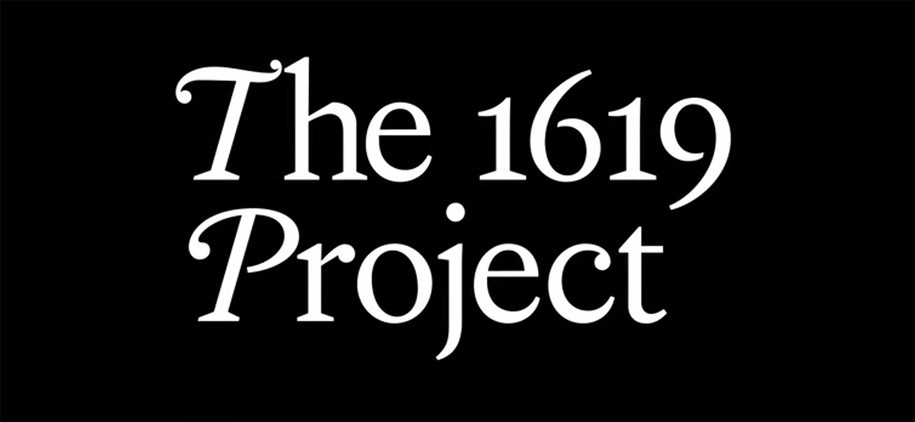
November 14th, 2019- The theme of this year’s Annual Commission meeting was, “Renewed Opportunities & Collaborations in Times of Urgency to End the HIV Epidemic.” Stakeholders from the region presented upcoming initiatives to end the epidemic, highlighting specific projects funded by the NIH in response to the official state of emergency declared by the national government. Presentations were given by Mario Perez of the Division of HIV and STD Programs (DHSP), Britt Skaathun from the UCSD School of Medicine, Marisa Ramos from the California Department of Public Health, CDR Michelle Sandoval- Rosario from PACE Region 9, and LCDR Jose Antonio Oritz also from PACE Region 9. Raphael Landovitz from UCLA’s Center for HIV Identification, Prevention, and Treatments Service (CHIPTS) also presented, noting overviews of the center’s three key initiatives:
- Regional Response to HIV Eradication Efforts in Southern CA Counties
Project leads: Steven Shoptaw, PhD, and Uyen Kao, MPH
EtHE pillar: Respond
Goal: To identify the infrastructure, resources, and capacity building needs to support regional coordination among LAC and other CA counties. - Use of technology-based pre-exposure prophylaxis (PrEP) services to improve uptake, adherence, and persistence among young men who have sex with men (YMSM) and young transgender (YTG) persons of color
Project leads: Ronald A. Brooks, PhD and Dilara Uskup, PhD
EtHE pillar: Protect
Goal: To assess how technology-based delivery systems can potentially enhance PrEP uptake, adherence, and persistence among key populations for LAC. - Preparing for long-acting injectable treatment for HIV in Los Angeles
Project leads: Raphael Landovitz, MD, MSc and David Goodman-Meza, MD
EtHE pillar: Treat
Goal: To understand the barriers to and facilitators of successful implementation of long-acting injectable (LAI) antiretroviral therapy (ART) as part of a strategy to optimize viral suppression for LAC.
Public health leaders and community partners further shared insights and perspectives on how to end the HIV epidemic, including Barbara Ferrer and Jeffrey Gunzenhauser of the Los Angeles County Department of Public Health, and Louise McCarthy from Community Clinics Association of Los Angeles County. The meeting concluded with breakout sessions dedicated to creating an effective and responsive community planning structure.
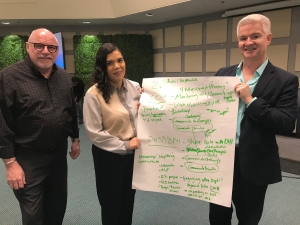
Information provided in the meeting’s packet (including agenda, speaker bios,and presentation summary) alongside presentation slides are available for download below. Videos of each presenter are available on our YouTube channel, and linked at the bottom of this page. Check out our mini gallery from the meeting on our CHIPTS Facebook page.
See below for presentation materials.
2019 Annual Commission Meeting - Agenda2019 Annual Commission Meeting - Program
2019 Annual Commission Meeting - Slides

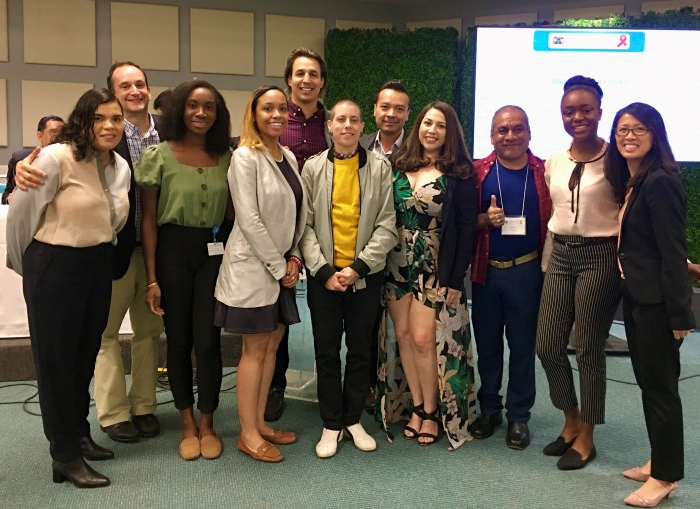



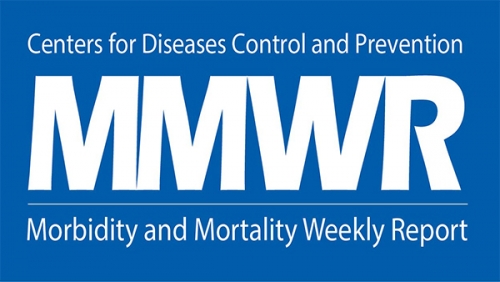
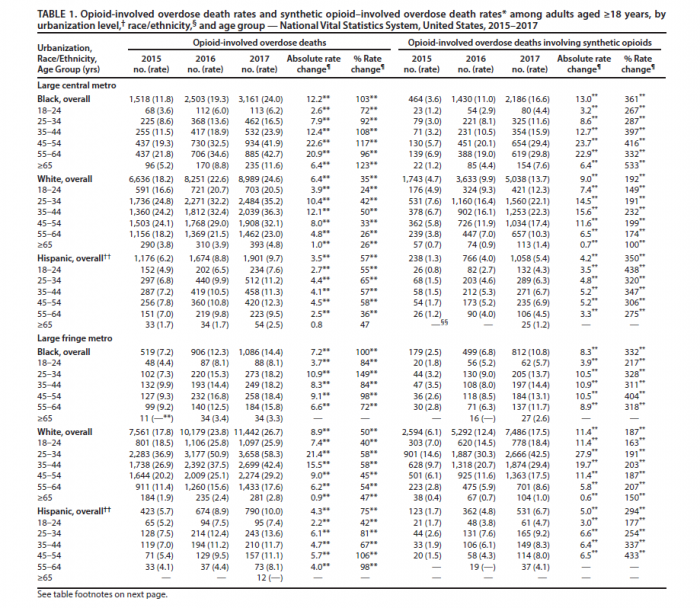
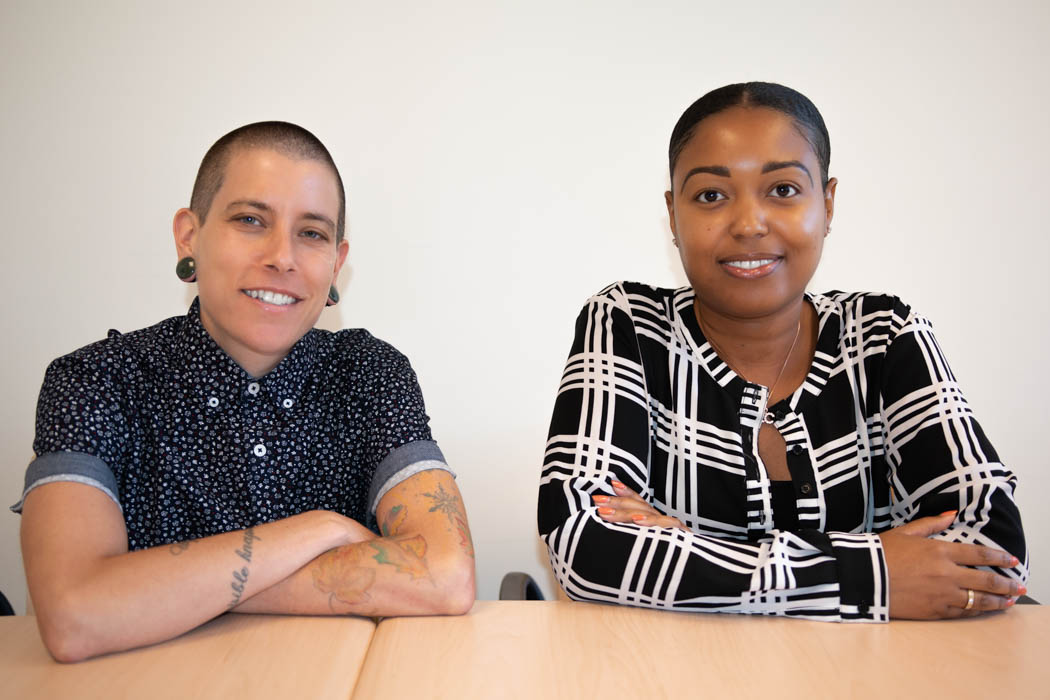
 place of collaboration and discussion between our researchers and the communities affected by HIV. The goal of this advisory group is to ensure the research, dissemination, and activities conducted by CHIPTS researchers are relevant and meaningful to the lives of the diverse communities we serve.
place of collaboration and discussion between our researchers and the communities affected by HIV. The goal of this advisory group is to ensure the research, dissemination, and activities conducted by CHIPTS researchers are relevant and meaningful to the lives of the diverse communities we serve.

